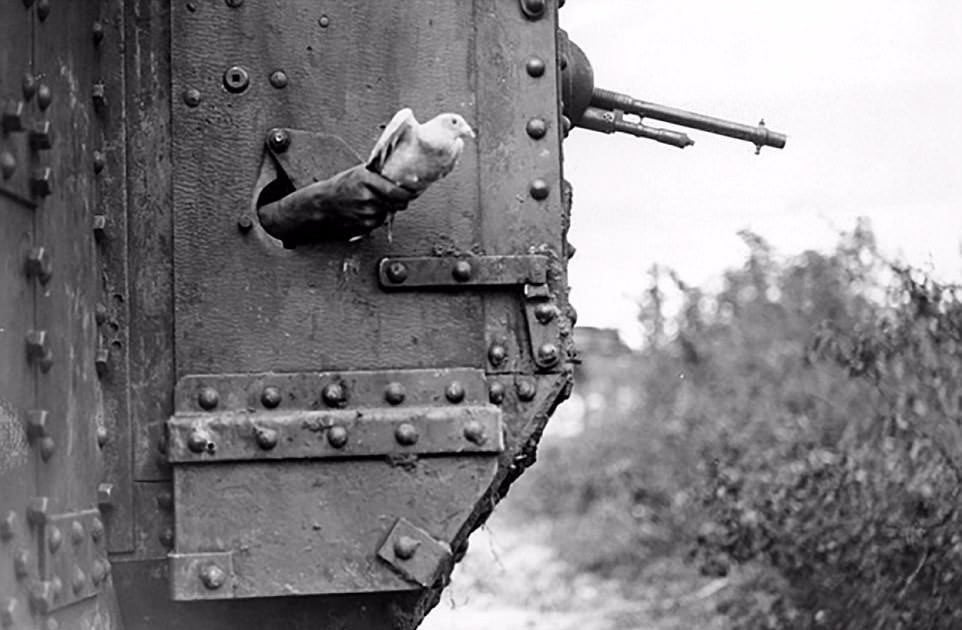The Secret Pigeon Service
This short piece in the London Review of Books about pigeons is fascinating. I learned many new things about pigeons and now hold them in higher esteem than I did previously.
Pigeons are more intelligent than we give them credit for, one of the few animals — along with great apes, dolphins and elephants — able to pass the mirror self-recognition test. If you mark a pigeon’s wing and let it look in a mirror it will try to remove the mark, realising that what it sees is a reflected image of its own body. Pigeons can recognise video footage of themselves shown with a five-second delay (three-year-old children find it difficult to comprehend a two-second delay). They are able to recognise individuals from photographs, and a neuroscientist at Keio University in Japan has trained them to distinguish between the paintings of Matisse and Picasso. ‘Modesty,’ Marianne Moore wrote, ‘cannot dull the lustre of the pigeon.’
Pigeons move through a human world. They stay close to the land, often flying at street level, below the height of the rooftops. Recent studies have suggested that they navigate using human structures as well as natural ones: they follow roads and canals, and have been observed going round roundabouts before taking the appropriate exit. They can fly extremely fast — up to 110 miles per hour — and with a following wind can cover 700 miles in a single uninterrupted flight (pigeons don’t like to fly at night but can be trained to do so). There are faster birds — peregrine falcons, the pigeon’s main predator, can reach 200 miles per hour on the stoop — but none can fly horizontally, under its own power, as quickly as a pigeon.
This bit, about the role of pigeons in developing the telecommunications networks of today, is terrific:
During the 19th and early 20th centuries they became important auxiliaries to the technological networks that were springing up across the world. Reuter’s News Agency was established in 1850 with a flock of 45 pigeons, which were used to cover a gap in the telegraph network between Brussels and Aachen, giving Paul Reuter a monopoly over all telegraph traffic between Belgium and Germany. The five sons of Mayer Amschel Rothschild used pigeons to stay in touch as they travelled around Europe consolidating their father’s banking dynasty. During the Siege of Paris in 1870, pigeons were taken out of the city by balloon and returned carrying thousands of letters stored on microfilm and sewn into their tail feathers.

The bulk of the piece is a review of Gordon Corera’s book, Operation Columba - The Secret Pigeon Service: The Untold Story of World War II Resistance in Europe, which is about a British campaign that used carrier pigeons to gather intelligence from German occupied territories during WWII.
Between 1941 and 1944, British intelligence dropped sixteen thousand homing pigeons in an arc across Nazi-occupied Europe, from Bordeaux, France to Copenhagen, Denmark, as part of a spy operation code-named Columba. Returning to MI14, the secret government branch in charge of the “Special Pigeon Service,” the birds carried messages that offered a glimpse of life under the Germans in rural France, Holland, and Belgium. Written on tiny pieces of rice paper tucked into canisters and tied to the birds’ legs, these messages were sometimes comic, often tragic, and occasionally invaluable-reporting details of German troop movements and fortifications, new Nazi weapons, radar systems, and even the deployment of the feared V-1 and V-2 rockets used to terrorize London.





Stay Connected